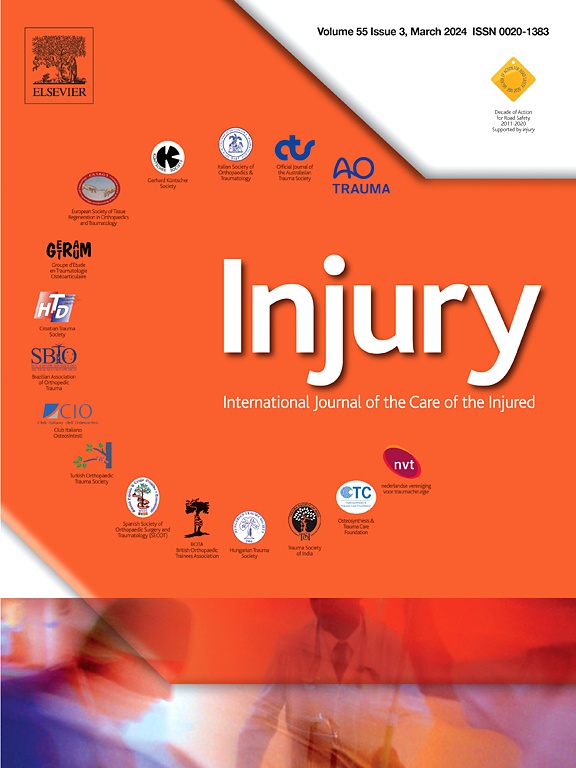
Immobilization vs. no immobilization following volar plate fixation of a distal radius fracture

Immobilization vs. no immobilization following volar plate fixation of a distal radius fracture
Influence of postoperative immobilization on pain control of patients with distal radius fracture treated with volar locked plating: A prospective, randomized clinical trial
Injury. 2019 Feb;50(2):386-391.Did you know you're eligible to earn 0.5 CME credits for reading this report? Click Here
Synopsis
39 patients with distal radius fractures undergoing open reduction and internal fixation (ORIF) with a volar locking plate were randomized to receive 2 weeks of post-operative immobilization with a plaster splint or no immobilization. The primary outcome of interest was pain as measured on a Visual Analog Scale. Secondary outcomes included tramadol (opioid) use, DASH score, range of motion (wrist ...
To view the full content, login to your account,
or start your 30-day FREE Trial today.
FREE TRIAL
LOGIN
Forgot Password?
Explore some of our unlocked ACE Reports below!

Learn about our AI Driven
High Impact Search Feature
Our AI driven High Impact metric calculates the impact an article will have by considering both the publishing journal and the content of the article itself. Built using the latest advances in natural language processing, OE High Impact predicts an article’s future number of citations better than impact factor alone.
Continue



 LOGIN
LOGIN

Join the Conversation
Please Login or Join to leave comments.